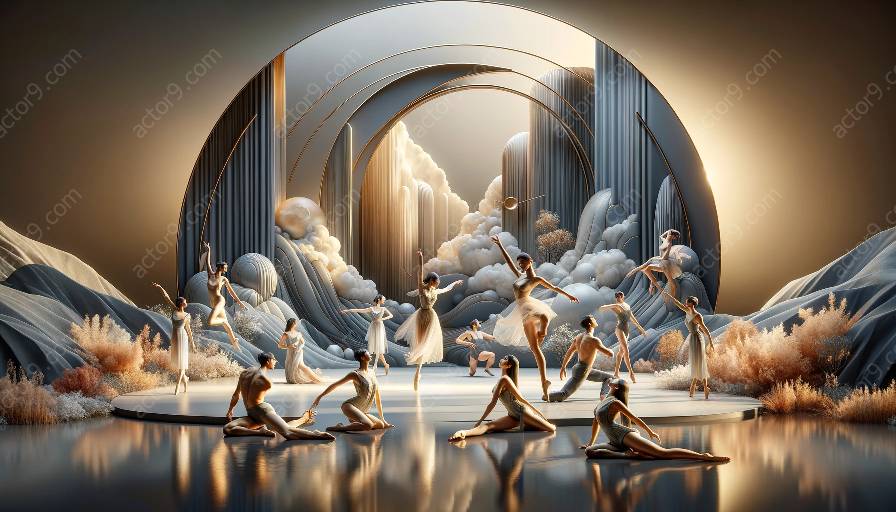Physical theatre is a form of performance that emphasizes the use of the body in space to convey ideas and emotions. It incorporates various elements of drama and showcases unique expressions in different performance spaces. In this comprehensive overview, we will delve into the captivating world of physical theatre and its adaptation in diverse performance spaces, exploring the elements of drama and its significance.
Understanding Physical Theatre
Physical theatre is a dynamic form of performance that transcends traditional theatrical conventions. It encompasses a wide range of movement-based techniques, including mime, gesture, and dance, to convey narratives and evoke powerful emotions. This genre of theatre emphasizes the expressive potential of the human body, eschewing traditional dialogue and relying on physicality to communicate complex ideas.
Elements of Drama in Physical Theatre
Physical theatre integrates various elements of drama to create compelling narratives and performances. These elements include plot, character, theme, and tension, all of which are expressed through the physicality and movements of the performers. Plot development, character exploration, and thematic resonance are conveyed through the body, enabling the audience to experience a visceral and immersive form of storytelling.
The Versatility of Performance Spaces
Physical theatre thrives on the adaptability of performance spaces. From traditional theatrical stages to site-specific locations such as parks, abandoned buildings, or even public squares, physical theatre has the remarkable ability to transform any space into a captivating performance environment. Each performance space offers unique opportunities and challenges, influencing the dynamics of the performance and engaging audiences in innovative ways.
Adaptation and Innovation
The adaptability of physical theatre in diverse performance spaces prompts innovative approaches to storytelling. Performers often collaborate with directors and designers to reimagine the relationship between the body and space, integrating architecture and environmental elements to enhance the audience's experience. This adaptive nature encourages experimentation and pushes the boundaries of traditional theatrical norms.
Immersive and Site-Specific Performances
In recent years, physical theatre has seen a surge in immersive and site-specific performances, blurring the boundaries between performers and spectators. By incorporating non-traditional venues, such as warehouses, forests, or historical landmarks, physical theatre creates opportunities for audience engagement that transcend the confines of traditional theatre spaces.
Conclusion
Physical theatre's adaptation in different performance spaces offers a rich tapestry of creativity, innovation, and immersive storytelling. Through the integration of elements of drama and the exploration of diverse spaces, physical theatre continues to push artistic boundaries, captivating audiences with its dynamic and evocative performances.




































